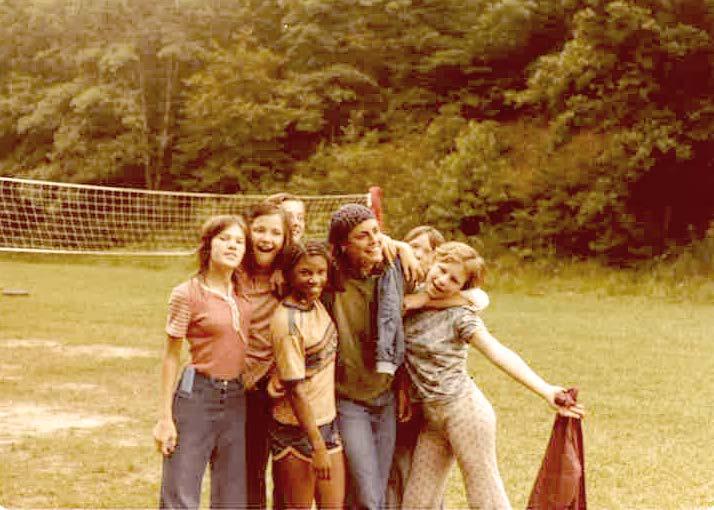
3 minute read
Summer Reflections
By Felicia Carter
Six-year-old Conner* arrived at Camp Shawnee in tattered clothes and clutching an old, worn-out suitcase. Camp manager Pat Griffith immediately took notice. “He was very protective of his suitcase,” she recalled. She soon found out why. “It was empty,” Griffith said. “All he had for a week at camp was the clothes and shoes he was wearing.”
Griffith told Conner she needed his help with something. She took him to the storage room where extra clothes are kept and asked him to help her pick out clothes for a little boy who just happened to be the same size. She held up shirts, shorts, and jeans and asked Conner to choose the ones he thought the other little boy would like. When they had gathered everything into a pile, Pat turned to Conner and asked if he’d like to put the clothes in his suitcase.
As Conner nodded yes, his face broke into a big grin. “His eyes said everything,” Pat recalled.
Rev. Ralph Beiting helped hundreds of people in need in Eastern Kentucky, beginning in the early 1950s, but the faces of children touched his heart most deeply. Seeking to provide them a temporary escape from poverty and the hardships it brings, he recruited volunteers to build a camp.
The forerunner of Christian Appalachian Project, Cliffview Lodge at Lake Herrington near Lancaster, Ky. attracted 55 children to its first session.
Campers told parents and friends how much fun they were having, and Christian Appalachian Project gradually expanded the physical plant from one building to five to allow more children to participate.
In 1968, Rev. Beiting made the strategic decision to buy a tract of land near McKee, Ky. that looked like an ideal location for another camp. After building a lake and dormitory, Christian Appalachian Project welcomed the first group of children to Camp Andrew Jackson in 1969.
Rev. Beiting started the second camp, a former Boy Scout camp, further east in Martin, Kentucky. The Boy Scouts closed the 300-acre camp in 1985, and two years later, Christian Appalachian Project signed a lease with the U.S. Army Corps of Engineers. “Rev. Beiting and a group of volunteers worked hard to get the grounds ready for campers,” said Barry Powers, Camp Shawnee coordinator. “They finished the building just in time for their six-week season.”
While the natural setting of Camp Shawnee and Camp Andrew Jackson make them the perfect location for outdoor fun and adventure, it’s the counselors who distinguish Christian Appalachian Project summer camps from others. “They travel from all over the nation and world, at their own expense, to make a difference in the lives of children,” Powers said.
To this day, the majority of summer staff are volunteers, according to Powers. “We couldn’t have camp if we had to pay staff,” he said. “We couldn’t have it without the financial support of people who have a soft spot for kids, either.”
It costs $10 to attend camp for a week of hiking, fishing, swimming, and canoeing. There’s also a social and education component to build character and self-esteem, and plenty to eat. Families who can’t afford the $10 camp fee don’t pay anything. The actual cost of a week of camp is $500, according to Mike O’Brien, coordinator at Camp Andrew Jackson.
During the school year, camp staff tutor and mentor students in local public schools, conduct literacy programs, and help students develop coping skills through classes in anger management, conflict resolution, and bullying prevention.
Christian Appalachian Project employees, churches and other organizations hold retreats at both camps in spring, fall and winter.














